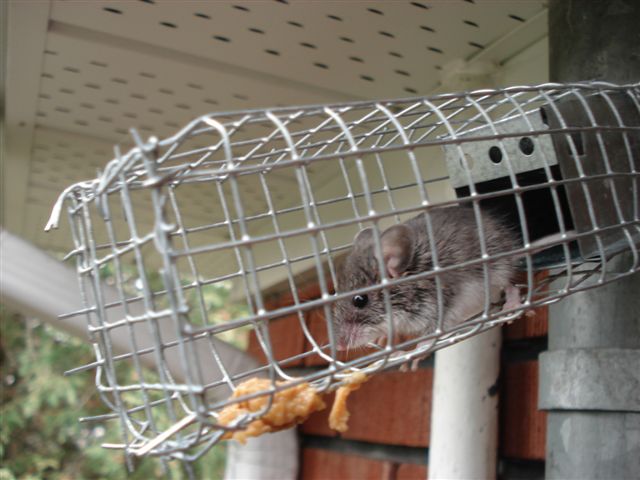Mice invade storage units because they are quiet and often provide decent shelter from predators. Wildlife removal in Oshawa can help you deal with a rodent infestation in a storage unit, but it is best to avoid one to begin with.
While it may seem impossible to predict wildlife infestations, a few habits encourage mice and other small critters to nest or establish colonies in specific spaces.
Understanding what motivates mice to establish colonies in a storage unit or similar location is the key to preventing infestations. The more you can control the environment, the less likely rodents will find it appealing.
Prevention Tips and Techniques
Like all wildlife, a mouse’s motivation is food, water, and shelter. Most storage unit facilities don’t allow the storage of food because it attracts unwanted animals. Still, some people do not obey the rules.
The primary motivator for mice is shelter. A storage center is full of cluttered garage-like spaces with plenty of hiding places and nesting materials.
If you want to keep mice out of your storage unit, you need to keep a tidy space. First, don’t store items in cardboard boxes; use airtight plastic bins instead. Second, don’t stack bins all over the place; put boxes and containers in organized stacks, preferably off the floor. Third, use shelving to keep materials elevated and organized. Fourth, do not store food, including canned or dry goods, in the unit. Finally, wrap any larger porous items like couches or furniture in plastic to protect them.
Health and Safety Concerns of an Infestation
Mice carry diseases and bacteria they can transmit through scratch, bite, or indirect contact with feces and urine. A severe condition related to mice infestations is Hantavirus Pulmonary Syndrome. The disease can infect a person who only breathes in contaminated air.
If you suspect your storage unit has rodents, contact a humane wildlife control service to assess the situation and mitigate any damage. You will also need to talk to the management at the facility to organize a response.
Signs of Mice in Your Storage Unit
The most obvious sign of a mouse infestation is the presence of droppings. A single mouse can produce between 40 and 100 droppings per day. Infestations usually have hundreds of mice, meaning thousands of droppings. Look for evidence around the edges of the storage unit or boxes.
Another sign is the smell of ammonia or stale air. Mouse urine can produce a distinctive odour; you should notice it in a confined space like a storage unit.
Finally, if you have cardboard boxes or furniture, look for chew marks and holes. You may notice bunches of cardboard scraps and furniture foam in small piles in corners behind shelves or boxes; these are the beginnings of nests.
Exclusion Techniques Are Long-Term Solutions
A storage unit is a little less complicated to clear out than a home because it is a small and controllable space. Humane wildlife control companies will use exclusion methods to remove the bulk of the rodent population before sealing the unit to prevent future infestations.
Specific exclusionary measures include using one-way exits in combination with strategically sealed entries. The exclusion devices allow the mice to exit the building but block return access.
Professional Wildlife Control Services Can Help
Do you have mice in your storage unit? You can resolve your issue quickly. Contact Skedaddle Humane Wildlife Control and schedule a property assessment. The company will send a team of qualified technicians to inspect the unit and determine the proper course of treatment. The team will provide an estimate for services and a contract for you to sign before work can proceed.



